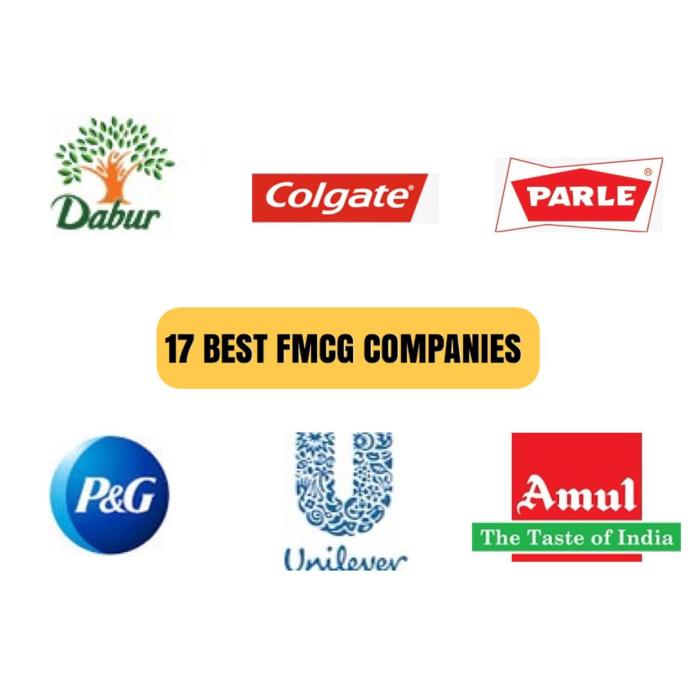CPG vs FMCG: Understanding the Key Differences

In the world of consumer goods, two acronyms that are often used interchangeably are CPG and FMCG. While they may seem similar, there are some key differences between the two that are important to understand.
CPG, or Consumer Packaged Goods, refers to products that are consumed on a regular basis and are typically sold in retail stores. Examples of CPG products include food and beverages, personal care items, and household cleaning products. These products are often packaged in a way that makes them easy to transport and store, and they are typically purchased by individual consumers.
FMCG, or Fast-Moving Consumer Goods, is a broader category that includes CPG products as well as other items that are consumed quickly and regularly. This includes products like toiletries, cosmetics, and over-the-counter medications. FMCG products are typically sold in large quantities and are often purchased by businesses or institutions rather than individual consumers.
One of the key differences between CPG and FMCG is the way they are marketed. CPG products are often marketed to individual consumers through advertising and promotions, while FMCG products are typically marketed to businesses and institutions through sales teams and other marketing channels.
Another difference is the way these products are distributed. CPG products are often distributed through retail stores, while FMCG products may be distributed through a variety of channels, including wholesalers, distributors, and direct-to-consumer sales.
Finally, there is a difference in the way these products are priced. CPG products are often priced competitively to appeal to individual consumers, while FMCG products may be priced differently depending on the needs of the business or institution purchasing them.
In conclusion, while CPG and FMCG may seem similar, there are some key differences between the two that are important to understand. By understanding these differences, businesses can better market and distribute their products to the right audiences and maximize their sales and profits.


